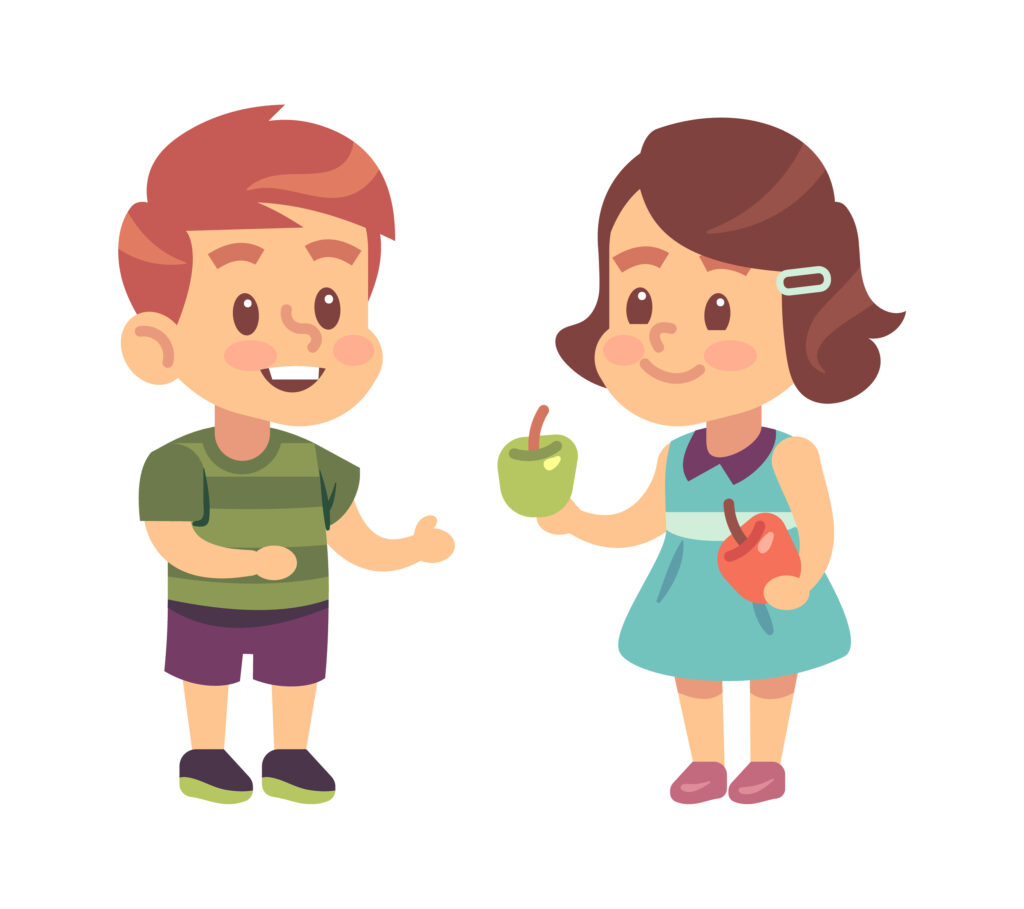Teaching children to say “please”, “thank you”, and “you're welcome” can be a challenge. Parents and caregivers tend to nag and give directives when teaching manners.
There are fun, hands-on ways to teach a young child how to use manners, specifically the use of the please, thank you, and you're welcome phrases in a fun, though.
Teaching a young child manners the Montessori way is a Grace and Courtesy lesson, a type of Practical Life Activity.
It’s both fun and easy to introduce.
In this article, I’m going to go over how you can help your child learn to say “please”, “thank you”, and you're welcome” politely and in appropriate ways – the Montessori way.

When do children learn manners in Montessori?
Children in a Montessori setting learn to say “please”, “thank you”, and “you're welcome” (basic manners) during the primary years, starting at the age of 2.5 or 3.
It's at this age that children are in the sensitive period for learning social customs and manners.
Manners are important for children to learn at this age, as they help children develop respect for others, respect for themselves, and they help a classroom's social situation overall.
How to teach a child to say please, thank you, and you're welcome
This Montessori manners lesson works great for morning circle, however, it can be adapted to a variety of settings and situations throughout the day.
Purpose
Teaching a child manners, like saying please, thank you, and you're welcome serves multiple purposes.
- Gives them basic manners
- Helps them develop empathy and a greater awareness of others
- Helps them function independently
Vocabulary
The words your child will be learning during this lesson are as follows:
- please
- thank you
- you're welcome
- manners
The lesson
- Tell the child(ren) that they are going to be learning how to use “please”, “thank you”, and “you're welcome”
- Ask one of the older children in the group (or an adult, if this is not a group activity) to hold an item (I'll use a toy car as an example)
- Ask the child holding the toy car, “May I please have that toy car?”
- The child (or actor) should say, “Yes, you may.”
- When they hand you the toy, you then say, “Thank you”
- The child or actor then responds by saying, “You're welcome”
This may seem like a simple exchange to adults, but it's actually quite detailed for young children.
This is an activity that is best done in groups of more than 4 children. A larger group allowed many opportunities to both observe and practice.
Each child should have a turn both asking for the toy and giving the toy. This lesson should not be rushed – it's a lot for a young child to take it.
As with any other Montessori Grace and Courtesy Lesson, you will want to repeat it periodically and when needed.
Here are some other ways you can reinforce good manners at this age:
- making thank you cards
- talking about how we feel when people do not use manners with us
- talking about how we feel when people are polite to us
- singing gratitude songs
- thinking of things they are thankful for
Cheers and don't forget to subscribe!
